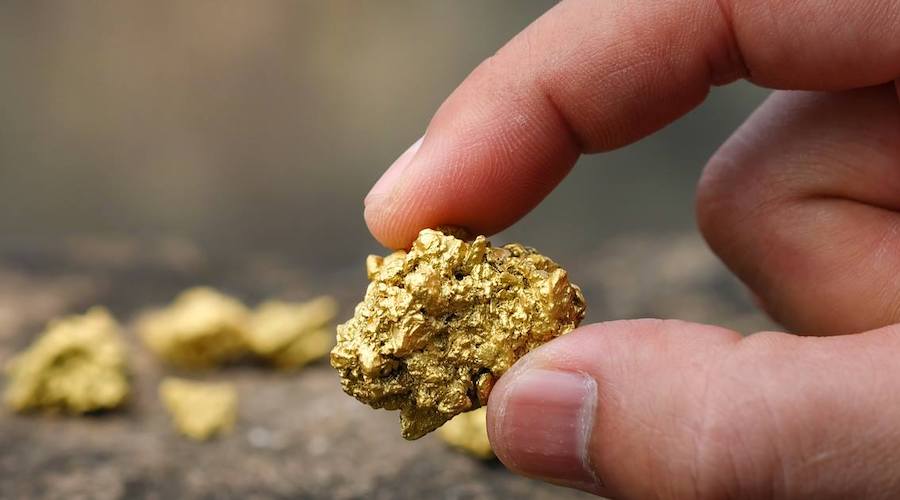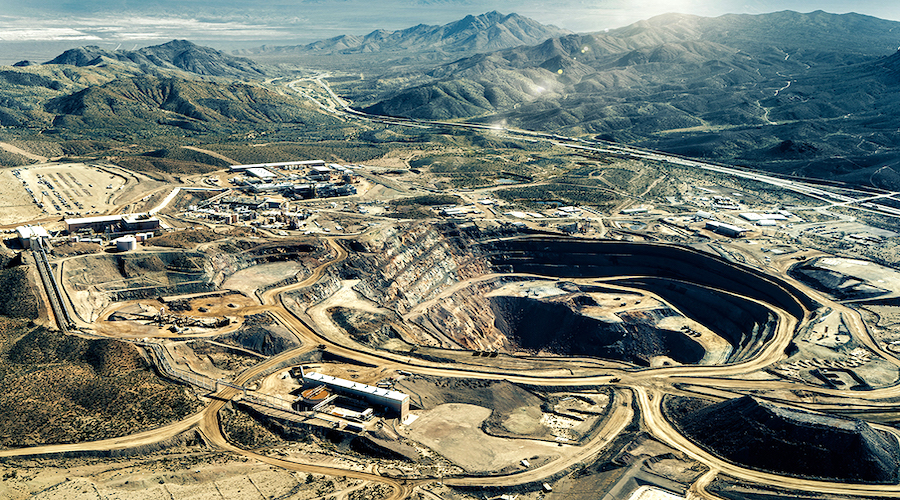Haywood lifts gold price forecasts

Haywood Securities has raised its gold price forecast for the second half of 2020 from $1,650 per oz. to $1,800 per oz.
Next year the broker-dealer believes gold will average $1,700 per oz., up from its earlier forecast of $1,600 per oz., while 2022 should see the precious metal average $1,650 per oz., up from an earlier estimate of $1,550 per oz.
“We maintain our view that gold is now in the early days of a new bull market and would not be surprised to see gold push through the old 2011 high of $1,923 per oz. this year,” Haywood said in a July 9 research note.
At the same time, valuations “continue to be modest,” it notes, “with many stocks trading at multiples which are discounting gold prices well below spot prices.”
But Haywood says it is optimistic that valuations “will slowly start to improve as more generalists chase performance.”
“We believe that interest from the investor base will continue to broaden, and should focus on operational performance, balance sheet strength and execution history (in both operations and exploration environments), as well as now looking at growth potential of developing assets and asset portfolios within exploration through to producing companies. The importance of companies being able to deliver (get-on-base) remains paramount.”
In the mid-cap to junior gold producers, Haywood’s top picks are B2Gold, Equinox Gold, K92 Mining and Roxgold. Among the exploration and development-stage companies it likes Liberty Gold and Osisko Mining.
Greater economic uncertainty due to the coronavirus pandemic and worries about longer term inflation will continue to support lofty gold prices as investors seek safe haven investments.
Given that trend, Haywood says, “there has been increased M&A activity and continued market consolidation where targets are progressively becoming smaller and less advanced in profile.”
“Continued consolidation gives rise to more focus on generating alpha in smaller, notionally higher risk equities than has been the focus since gold started to move over the last 18 or so months.”
(This article first appeared in The Northern Miner)
More News
Ontario promises to cut red tape for critical mining projects
April 17, 2025 | 01:48 pm
MP Materials halts exports to China
The move follows Chinese restrictions announced earlier this month.
April 17, 2025 | 01:32 pm
{{ commodity.name }}
{{ post.title }}
{{ post.date }}




Comments